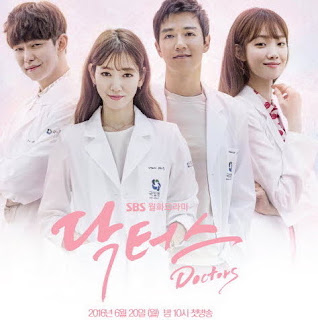Learners
1.The very reason a curriculum is developed
2.The ones who are directly influenced by it3.Make or unmake the curriculum by their active and direct involvement
The primary stakeholders in the curriculum since the learners are the primary stakeholders in the curriculum, the universal as well as the individual characteristics of the students should be considered. Age, gender, physical, mental, emotional development, cultural background, interests, aspirations and personal goals are some of the factors that should be considered in the implementation of any curriculum.
Teachers
1.The other side of the coin in teaching learning process
2.His/her primary role is the planning and writing the curriculuma curriculum maker3.He writes a curriculum daily through a lesson plan, a unit plan or a yearly plan4.Prepares activities for the students to do5.Addresses the goals, needs, interests of the learners by creating experiences where the students can learn6.Designs, enriches and modifies the curriculum to suit learner’s characteristics7.As a curriculum developer, they are part of textbook committees, faculty selection boards, school evaluation committees or textbook writers themselves
Curriculum Managers and Administrators
1.Supervise curriculum implementation, select and recruit new teachers, admit students, procedure equipment and materials needed for effective learning
2.Plan for the improvement of school facilities and physical plans3.Have a great stake or concern about what kind of curriculum their schools offer and how these are implemented
Parents
1.The best supporters of the school, especially because they are the ones paying for their child’s education
2.The power of parents to influence curricula to include instructional materials and school activities is great, such that the success of the curricula would depend on their support
How do parents shape the curriculum and why they are considered as stakeholders?
1.Effective parental involvement in school affairs maybe linked to parent educational programs which is central to high quality educational experiences of the children
2.The parent’s involvement extends from the confine of the school to the homesIn most schools the Parent Associations are organized
Community Members
1.Success in the implementation of the curriculum requires resources
2.The community members and materials in the existing local community can very well substitute for what is needed to implement the curriculum3.Respected community members may be included in school boards4.Some can become resource speakers5.They can provide local and indigenous knowledge in school curriculum
Other Stakeholders
1.Professional organizations have shown great influence in school curriculum
2.They are asked by curriculum specialists to contribute in curriculum review since they have a voice in license examinations, curriculum enhancements and many more often, professional organization has a better view of the industry where the graduates of the curriculum go.
Some of these organizations are those of each profession, like teachers’ organization, lawyers’ organization, medical doctors’ association, engineers’ organization and many others. On the other hand, since all schools in the country are under the regulation of the government as provided for in the Philippine Constitution, then the government has a great stake in curriculum implementation.
The government is represented by the:
1.Department of Education (DepEd) for basic education curricula
2.Commission on Higher Education (CHED) for the tertiary and graduate education3.The Professional Regulations Commission (PRC)




































